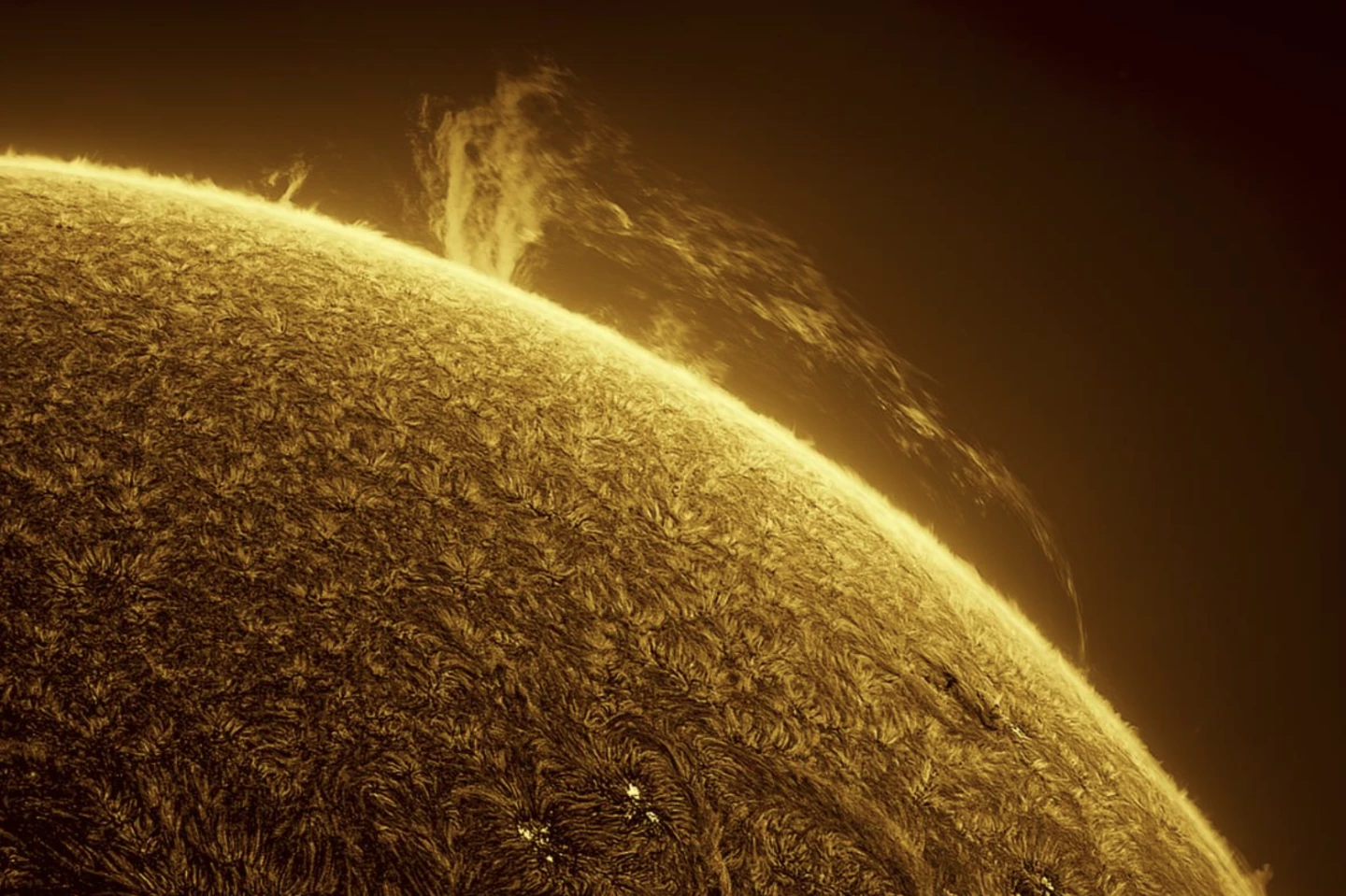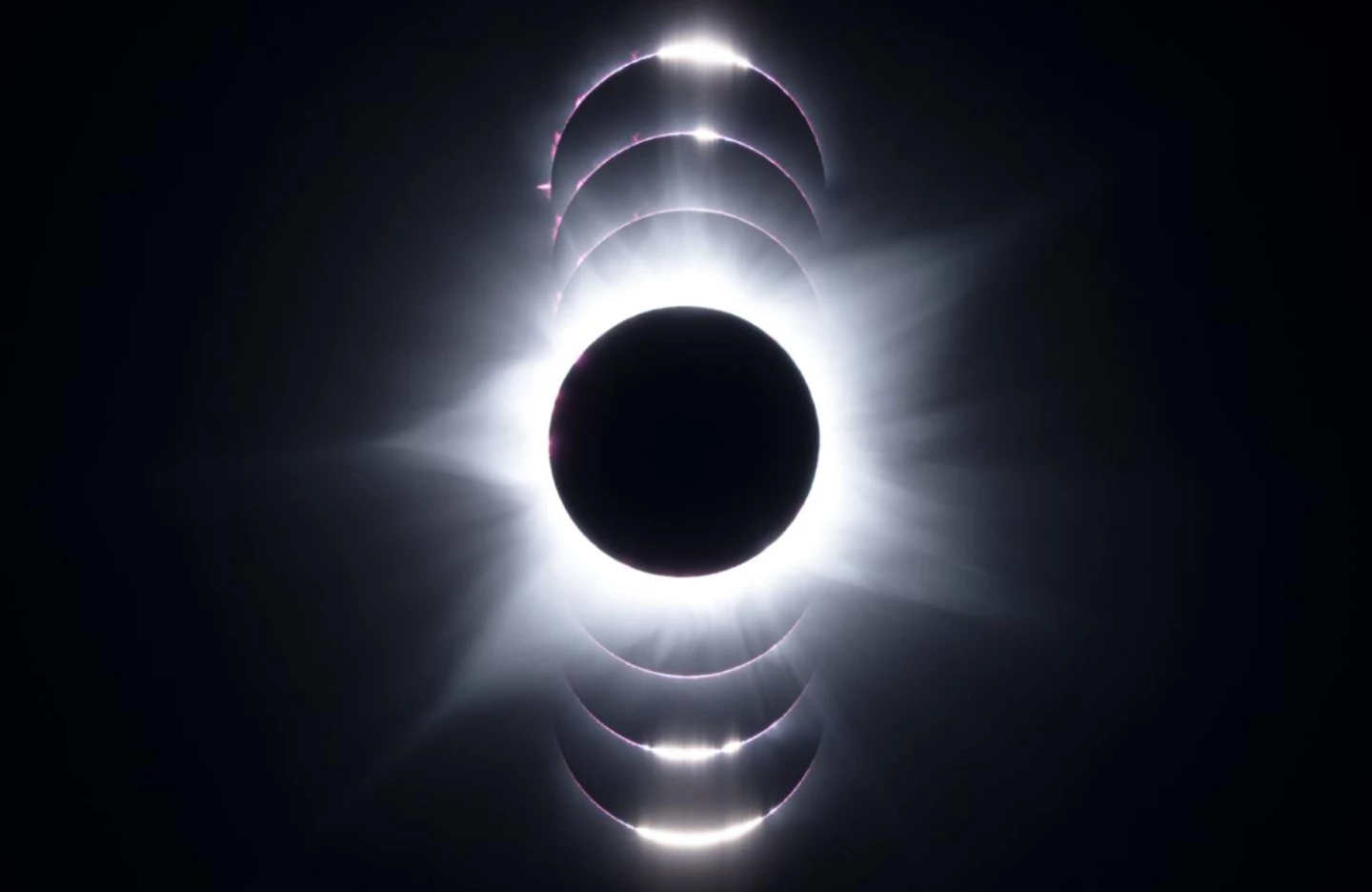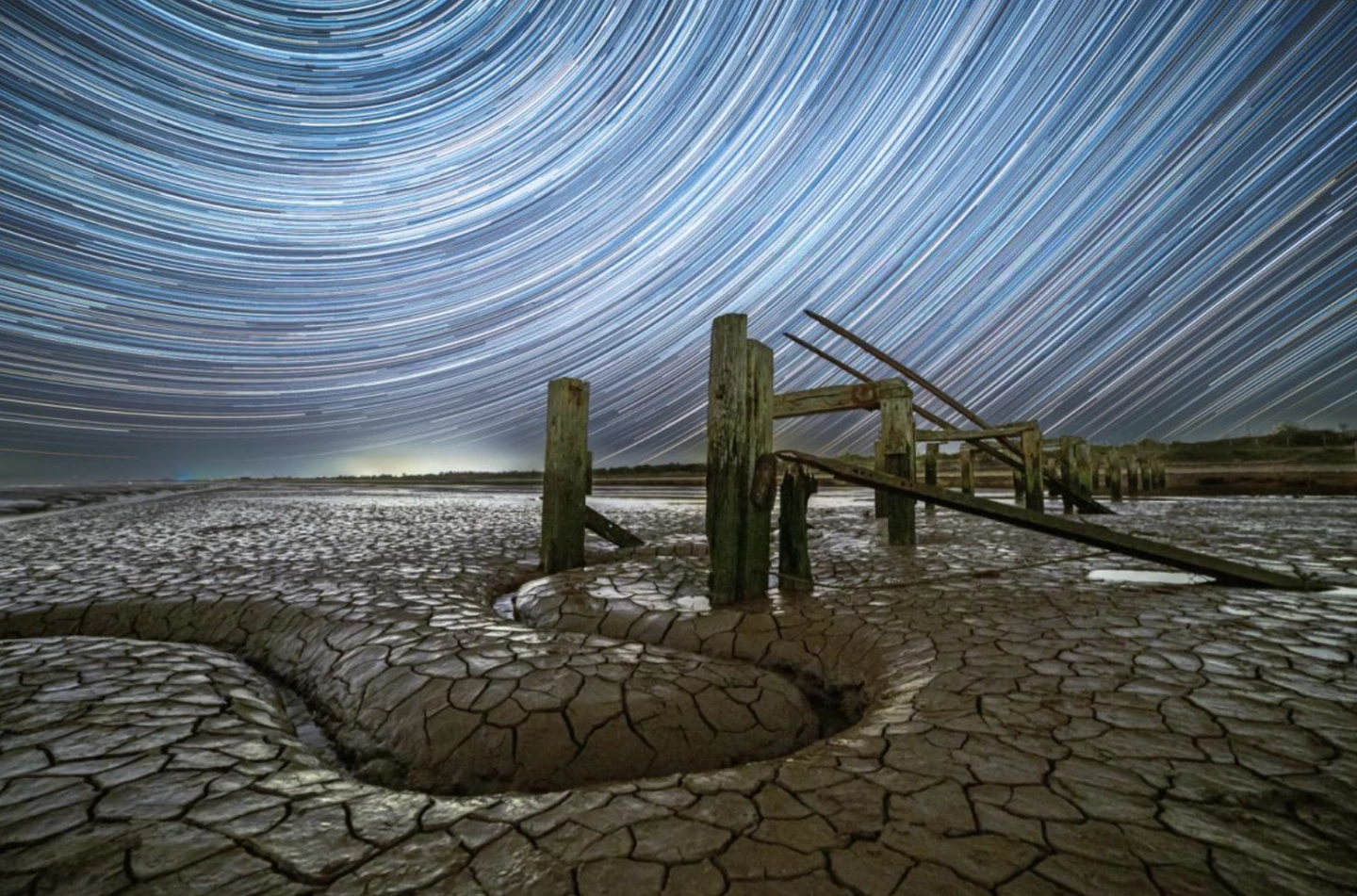From a dragon-shaped aurora to the Milky Way framing the Isaac Newton Telescope in Spain, the 16th Astronomy Photographer of the Year competition has released its stunning shortlisted finalists ahead of winners being announced on September 12.
In 2024, some 3,500 photographs were submitted by budding snappers with cameras pointed skywards in 58 countries. Now, from this shortlist, the winners of nine categories, plus two special prizes and an overall winner will be chosen.
We've gathered a snapshot of shortlisted images that we think stand a good chance of picking up the top prize, so here's your chance to judge early and see if you agree with us.
As always, you'll find more amazing images in our gallery. And if you now feel inspired to enter the 2025 awards, head to Royal Museums Greenwich to find out more.
Run to Carina by Vikas Chander

"Deep in northwest Namibia, in a scorched desert where you can drive hundreds of kilometers without coming across another human, an artist is hard at work," said photographer Vikas Chander. "Dotted all over the desert are numerous sculptures made of stone which blend seamlessly into the surroundings. Known as the ‘Lone Men of Kaokoland’ [as the region was formerly known], it is not clear who has put them there and where exactly they are located, but my quest to photograph all of them continues.
"I took a long exposure of the stone running man before light-painting and blending in Photoshop," he added. "The tripod was then moved for a clear view of the horizon for ease of blending. The Carina arm of the Milky Way was tracked and a stack of eight images was then blended with the foreground image with the clouds, haze and glow at the horizon to make a smooth transition between ground and sky."
Gigantic Solar Prominence in Motion by Miguel Claro

"This is a still image from a time-lapse sequence that features the chromosphere activity, revealing a gigantic prominence in motion where it’s possible to see a lot of interesting changes in its shape," said Miguel Claro of this stunning Sun image he took at the Dark Sky Alqueva obervatory in Évora, Portugal. "This giant stretches around the Sun’s limb for thousands of kilometres and is several times larger than Earth. As comparison, its width is larger than the width of the rings of Saturn.
"We can also see a lot of fine spicules surrounding the solar disc and a fast-erupting prominence coming from a sunspot, while the chromosphere itself was showing a slower motion," he added. "Conditions were good, so I managed to make a time-lapse of about 248 images. The final result was a 4K high-resolution solar movie comprising around one hour and 20 minutes of photos. The one I selected to present here was taken at UTC 13:15."
Total Solar Eclipse by Gwenaël Blanck

"A total solar eclipse is one of the most beautiful spectacles nature can offer," said Gwenaël Blanck, who snapped this artistic image in Exmouth, Western Australia. "Everyone should experience it at least once in their lifetime. In April 2023, I went to Australia, for 62 seconds of totality. It seems short, but it was worth every penny and effort to get there. Pictures don’t do justice to this wonder.
"With this collage I wanted to show the beauty of the corona (which looks like a flower this close to the solar maximum), but also the pink chromosphere, the prominences and Baily’s beads [chinks of sunlight that shine through due to the Moon’s rugged landscape]," the photographer added. "The image is processed with Photoshop. I superimposed seven pictures for the background and six others for the chromosphere and prominences."
Serpentine by Paul Haworth

"At the New Moon in April 2023, I headed up to Snettisham Beach, famous for its vast tidal mudflats that attract migrating birds in staggering numbers," said Paul Haworth, of the image he captured at Norfolk in the UK. "My foreground subject for the evening was the large, dilapidated jetty, which was built in the Second World War to allow gravel extracted from the nearby pits, destined to help build the concrete runways needed to support the American bombers stationed in the UK, to be moved by boat.
"I was accompanied all night by the incredible sound of the birds out on the flats – they never ceased and it was a fantastic soundtrack to the crystal-clear night," he said. "I named this image ‘Serpentine’ as I love the curved channel in the mudflat, mirroring the trailing stars, and the wonderful scaly texture of the mud cracks."
You can see more in our gallery here.















